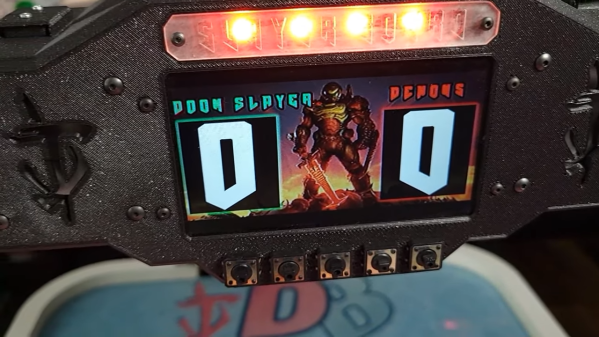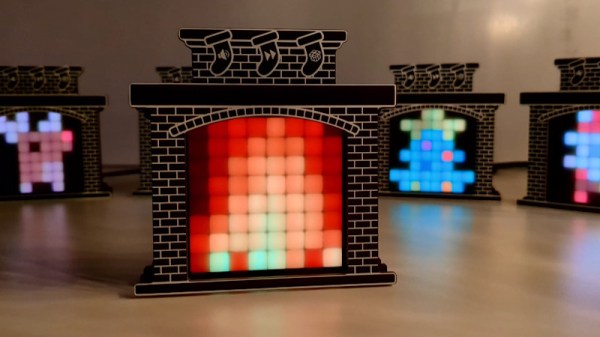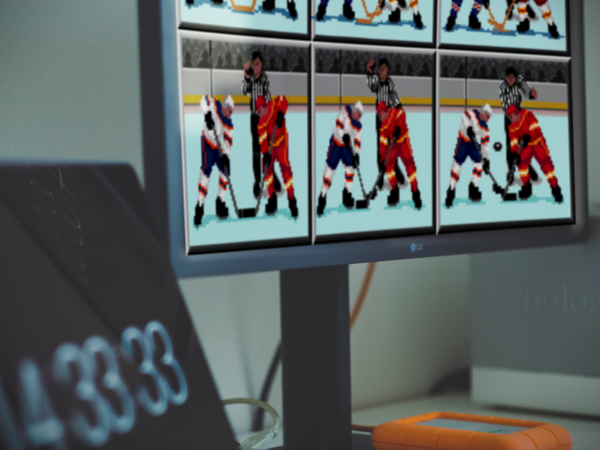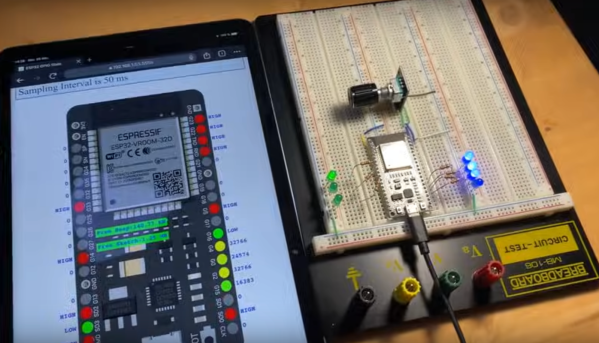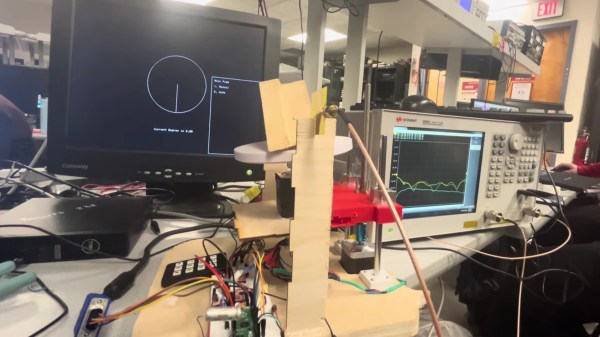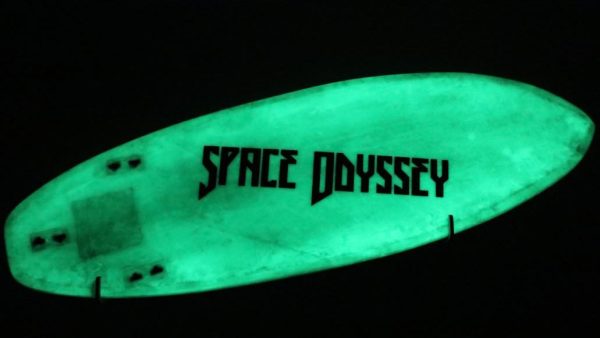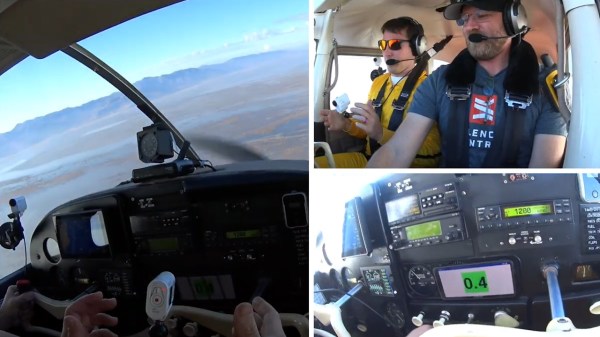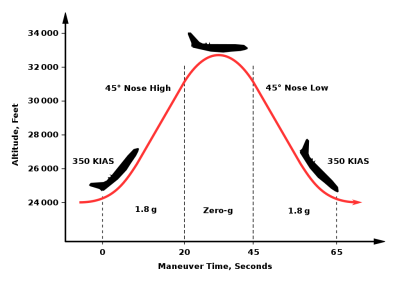[Chris Downing] recently finished up a major project that spanned some two years and used nearly every skill he possessed. The result? A smart air hockey table with retro-gaming roots. Does it play DOOM? It sure (kind of) does!
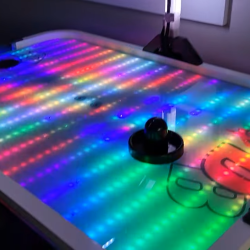 Two of the most striking features are the score board (with LCD screen and sound) and the play surface which is densely-populated with RGB LED lighting and capable of some pretty neat tricks. Together, they combine to deliver a few different modes of play, including a DOOM mode.
Two of the most striking features are the score board (with LCD screen and sound) and the play surface which is densely-populated with RGB LED lighting and capable of some pretty neat tricks. Together, they combine to deliver a few different modes of play, including a DOOM mode.
The first play mode is straight air hockey with automated score tracking and the usual horns and buzzers celebrating goals. The LED array within the table lights up to create the appearance and patterns of a typical hockey rink.
DOOM hockey mode casts one player as Demons and the other as the Doom Slayer, and the LED array comes to life to create a play surface of flickering flames. Screams indicate goals (either Demon screams or Slayer screams, depending on who scores!)
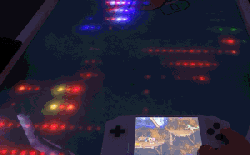
Since the whole thing is driven by a Raspberry Pi, the table is given a bit of gaming flexibility with Emulation Mode. This mode allows playing emulated retro games on the scoreboard screen, and as a super neat feature, the screen display is mirrored on the tabletop’s LED array. [Chris] asserts that the effect is imperfect, but to us it looks at least as legible as DOOM on 7-segment displays.
This project is a great example of how complex things can get when one combines so many different types of materials and fabrication methods into a single whole. The blog post has a lot of great photos and details, but check out the video (embedded below) for a demonstration of everything in action. Continue reading “Air Hockey Table Embraces DOOM, Retro Gaming”

